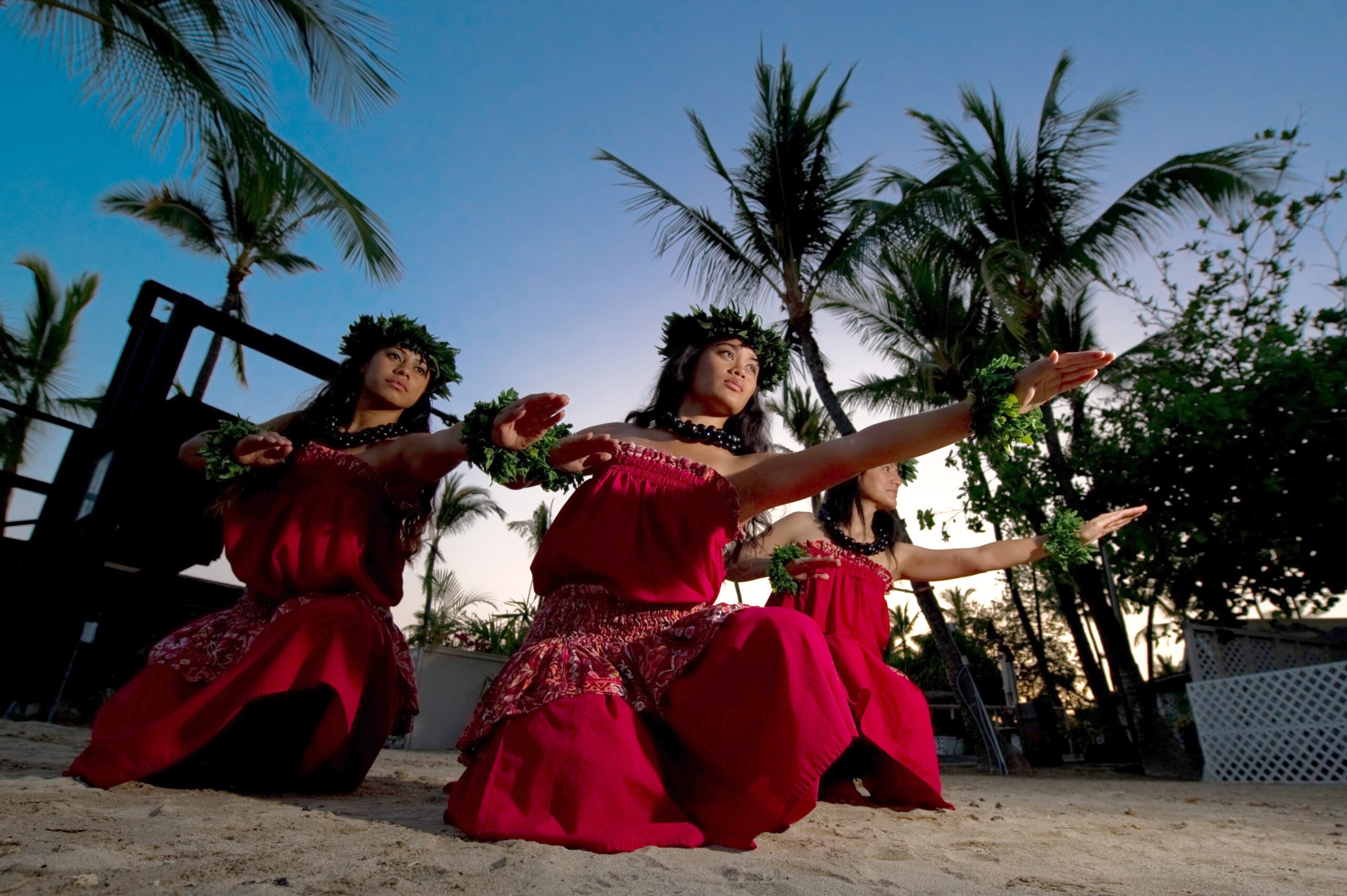| Nikon D3s, 14-24mm, ISO 400, ƒ/5.6, 1/500—Off-camera fill-flash using the Nikon SB-900. The flash is on the Pocketwizard TT5 and is triggered by the Mini TT1 on the camera with the AC3 to control the flash’s output. |
I have been going through my files, preparing for next week when I teach lighting to photography students in Hawaii.
One of the tips we will discuss is learning not to light everything. So here in this photo, I just used the existing light, and the camera is set to -2 EV, and then I added strobes that are zoomed in to just light the subjects. So the strobes are set around +2 EV.
 |
| Nikon D3s, 14-24mm, ISO 400, ƒ/3.2, 1/400 |
Here is the same photo without the strobes. See how the strobes make the subjects “POP” and help saturate the colors.
 |
| Click on the diagram to see it larger |
Here is the lighting diagram for the top image.
By underexposing the background, I am saturating the colors of the sky. Then the flash helps light the subjects to be correctly exposed and draw your eye to them.
 |
| Nikon D3s, 14-24mm, ISO 100, ƒ/5.6, 1/250 |
 |
| Click on the image to see larger. |
With no strobes, these photos just don’t “POP” like I want them to do.
Now here is an example where using two lights on either side of the subjects starts to create what I call an “unnatural” light setup. Now they look like this is a painted background, and they are on some cruise ship where you get your photo made.
 |
| Nikon D3s, 14-24mm, ISO 100, ƒ/4, 1/200 |
If you want your photos with light to truly “POP,” remember not to light everything. Use light sparingly for more dramatic images.



